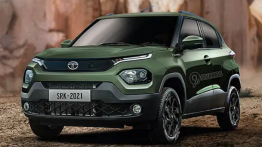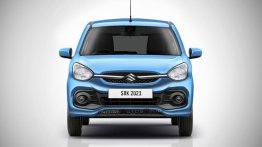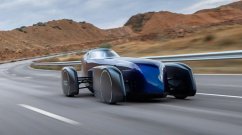As we have known for quite a while now, Mahindra is readying an all-new Scorpio for launch next year. IAB's digital artist Shoeb Kalania has created a new rendering to show how its rear three quarters may look like.
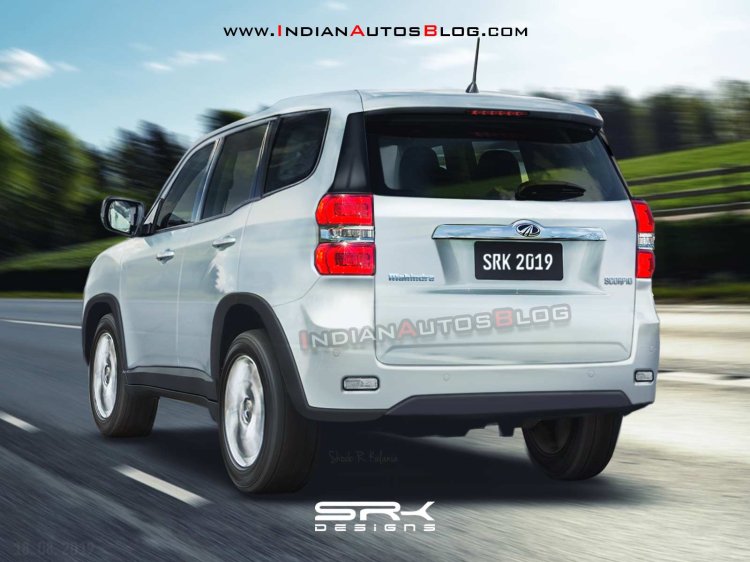
Originally launched in 2002, the Scorpio has been quite a successful product in its segment, but with the evolving trends and entry of new-generation of buyers the company, Mahindra is now compelled to fully revamp it. As per information revealed by the upcoming full model change will bring substantial changes in its proportions compared. The rendering of the rear-quarter shows that the next-gen model will be comparatively wider and taller.
The 2020 Scorpio will feature newly designed tailgate and rear combination lamps. There will be a remastered rear bumper with added black-cladding to give it a tougher look. Apart from that, its stance will have a major change thanks to its new raked back glass which will contribute to its slightly hunched-back look compared to the upright one on the outgoing model. Though the 2020 Scorpio will be a radically new product, it will have the DNA of the original model.
Inside, the next-gen Scorpio will have a taller and wider dashboard. Instead of horizontal vents, it will feature vertical central air vents. Other bits like the touchscreen infotainment system, steering wheel, gear knob, control stalks and instrument cluster, might be shared with the Mahindra Marazzo in order to limit the costs and keep the pricing competitive. Also, the stretched rear-overhang and slight raise in the roof line hints that Mahindra has worked on increasing the space for the third-row occupants.
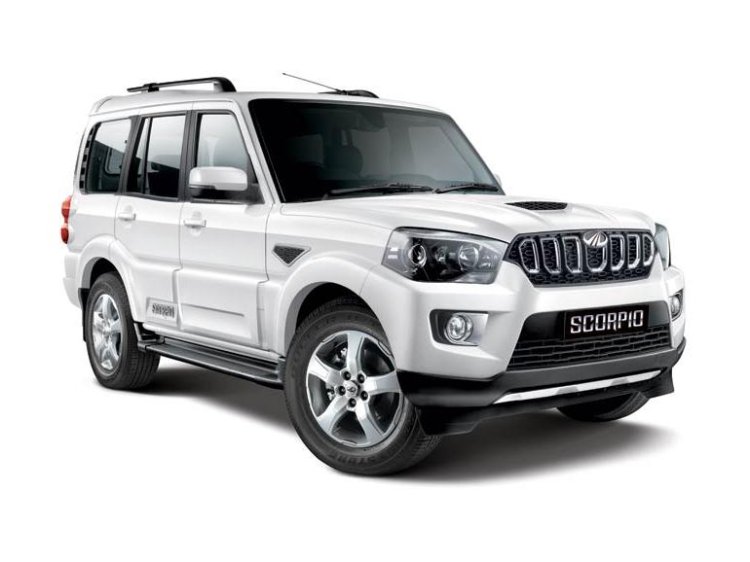
Also See: 2020 Mahindra Thar road testing continues, spied in Chennai
Under the hood, the all-new Mahindra Scorpio will deploy an all-new BS-VI 2.0-litre diesel engine which will be tuned to develop 160 PS of maximum power. This unit is about 80 kg lighter than the 2.2-litre mHawk diesel engine which does duty in the current model. Transmission choices will likely be 6-speed manual and 6-speed automatic. A 4WD system is expected as an option. The launch should take place in early 2020.
